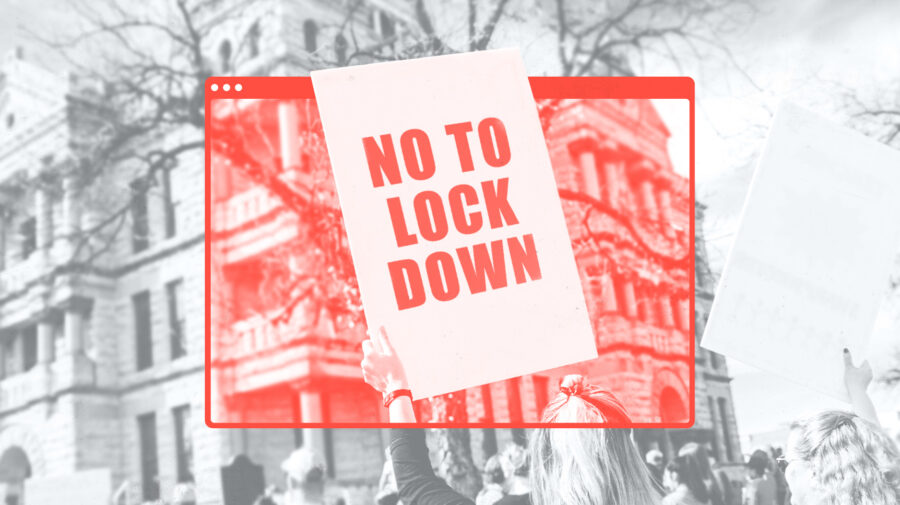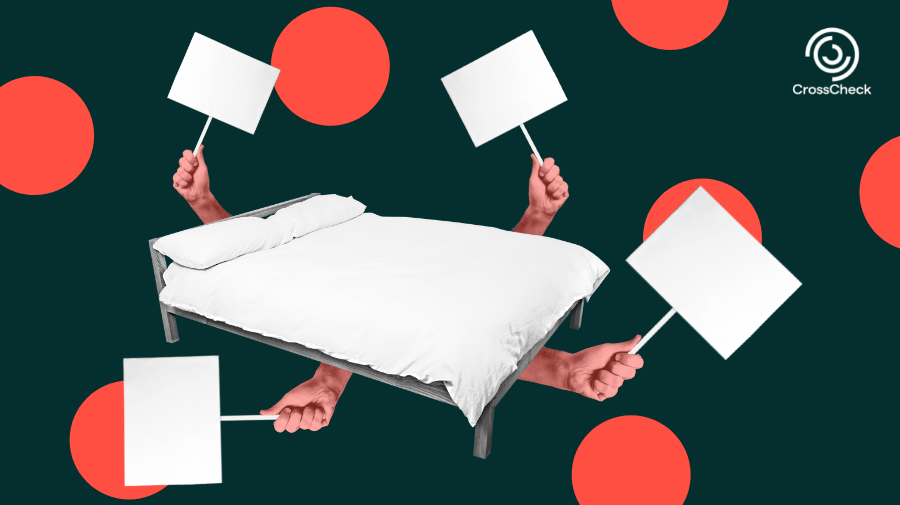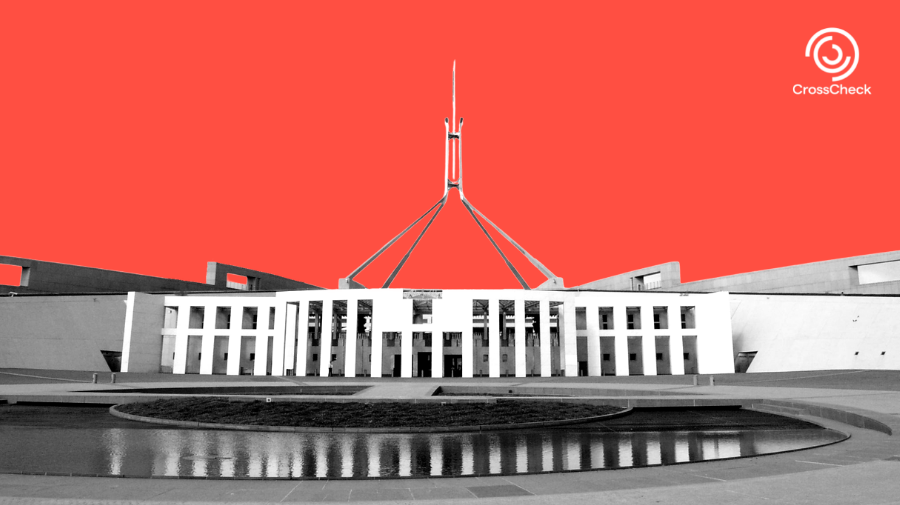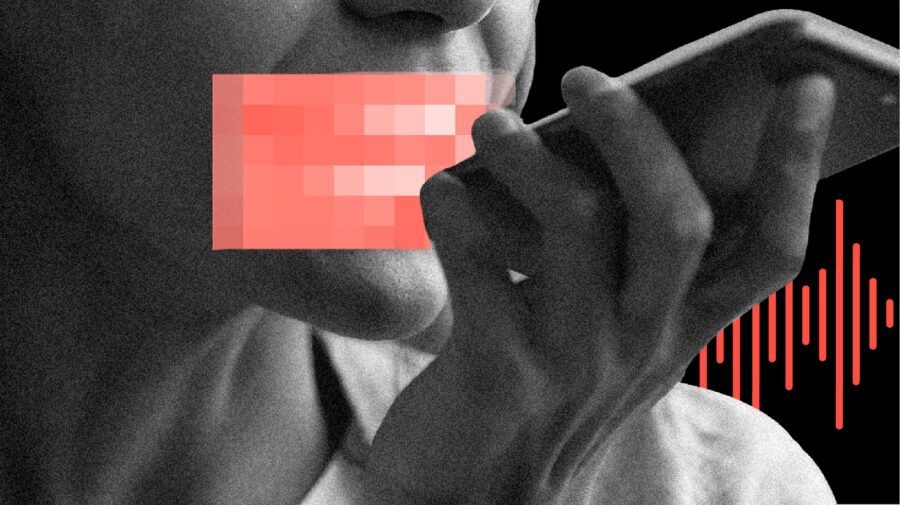On the evening of November 4, Jennifer Harrison and other members of the extremist Patriot Movement AZ were forced to leave the Maricopa County Elections Department in Phoenix, Arizona, where they had shown up unannounced. The small gathering in the parking lot of the elections office had quickly grown into a larger demonstration, whose participants — predominantly supporters of President Donald Trump — demanded that election workers “count the votes.” About 200 demonstrators, some armed with AR-15-style rifles, were present, prompting the deployment of sheriff’s officers in tactical gear. Most of the demonstrators were there for the same reason: A viral video had misled them into believing that poll workers were intentionally invalidating votes, supposedly by telling Trump voters to use a Sharpie to mark their ballots.
Although past research has struggled to gauge the real-world consequences of online mis- and disinformation, 2020 has exposed a gap in understanding of the ways online spaces are intrinsically connected to offline spaces, communications and behaviors.
“SharpieGate,” which became part of Trump supporters’ playbook in Arizona, was far from the only conspiracy theory to inspire offline action from the broader “Stop the Steal” movement. A month after the initial protests at the Maricopa election building, a Dominion Voting Systems worker in Georgia became a target for allegations of electoral fraud in Gwinnett County.
Ron Watkins, former administrator of the far-right messaging board 8kun and QAnon promoter, tweeted two videos purporting to show a Dominion worker manipulating voter data via a USB drive that he had plugged into a separate laptop. Dominion had become a flashpoint for accusations of fraud, with unevidenced claims that the company was involved in manipulating election results. The day after Watkins’s tweets went viral, election official Gabriel Sterling publicly denounced threats being made against the Dominion worker.
“It has all gone too far,” Sterling said in a press conference that afternoon. The worker was identified through the videos shared by Watkins. Calls to hang the worker for treason began to spread on Twitter and on The Donald, a webpage originating from the disbanded subreddit of the same name. “Death threats, physical threats, intimidation — it’s too much,” said Sterling.
The targets of these misinformation campaigns are predominantly rank-and-file government workers and career officials. They are often women and people of color, such as the Georgia election workers, who are now facing further baseless allegations after being seen in a video posted by the Trump campaign. The video alleges that they deceptively counted ballots from suitcases after telling poll watchers to leave the working area. In fact, there was nothing abnormal about the process seen on video, and the alleged suitcases turned out to be ordinary ballot containers.
Michigan Governor Gretchen Whitmer also nearly fell victim to the offline consequences of online information disorder. As misinformation about Covid-19 spread, Whitmer moved to implement some of the strictest stay-at-home orders in the country. She quickly became the target of violent threats from anti-lockdown communities on Facebook, spurred on by mis- and disinformation about the pandemic. This culminated in an attempted kidnapping plot against Whitmer and others by members of the Wolverine Watchmen militia, who had previously participated in anti-lockdown protests, a number of which had been organized on Facebook.
These types of harassment campaigns are the most recent, visible consequences of online conversations, but 2020 has provided a number of examples of the ways they are spilling into offline meetings, rallies and protests.
Anti-lockdown protests spread not only across the US, but in the UK and Europe, where they have resulted in arrests and have been a headache for governments concerned about civil unrest during a pandemic. In August, hundreds demonstrated on the streets of Madrid in protest of mandatory face masks and other restrictions. More and more, misinformation about vaccines has become a mainstay at these protests in the US, UK, Australia and beyond as Pfizer rolls out its Covid-19 vaccine and others report progress on the development front.
Covid-19 misinformation on social media also drove people to the streets across Latin America, where a robust campaign promoted the use of chlorine dioxide solution (CDS), a bleaching agent, as a cure for the virus. Misinformation caused so much turmoil that a sign promoting CDS at a mid-August protest against central government policies in Argentina drew media coverage amid two suspected poisonings and two deaths linked to the substance. Similar signs were seen at protests in other countries.
“I treat myself using chlorine dioxide” became a commonly seen placard at protests in Ecuador and Mexico. A number of these protests were informed and organized by networks that rely on the use of online misinformation to spread their messages. Coalición Mundial Salud y Vida (Comusav) and Asociación Médicos por la Verdad banded together to organize a crowd of about 100 people in Mexico City.
In Peru, National Police forces used tear gas to clear protesters from the Campo de Marte park during an unauthorized pro-CDS march in Lima. The protest came after a congressional health commission withdrew a speaking invitation to Andreas Kalcker, a notable online proponent of CDS in Latin America. The day of the protests, a video of Kalcker surfaced online, in which he accused the Peruvian government and media of discrediting his work. The video was removed from YouTube but is still on Facebook. Protesters at Campo de Marte carried signs in support of Kalcker and Comusav.
Although not every piece of online misinformation sparks events offline, more work needs to be done to understand what pushes people to coalesce behind some videos, images or rumors and not others. Our understanding of what propels information disorder onto the streets is still limited, but 2020 has provided a number of examples that can help us dissect viral claims that have spurred real-world action. And without taking into account how enmeshed our everyday lives and our online experiences have become, we are poorly equipped to address many of the challenges posed by the disappearance of these boundaries.
Stay up to date with First Draft’s work by becoming a subscriber and following us on Facebook and Twitter.






